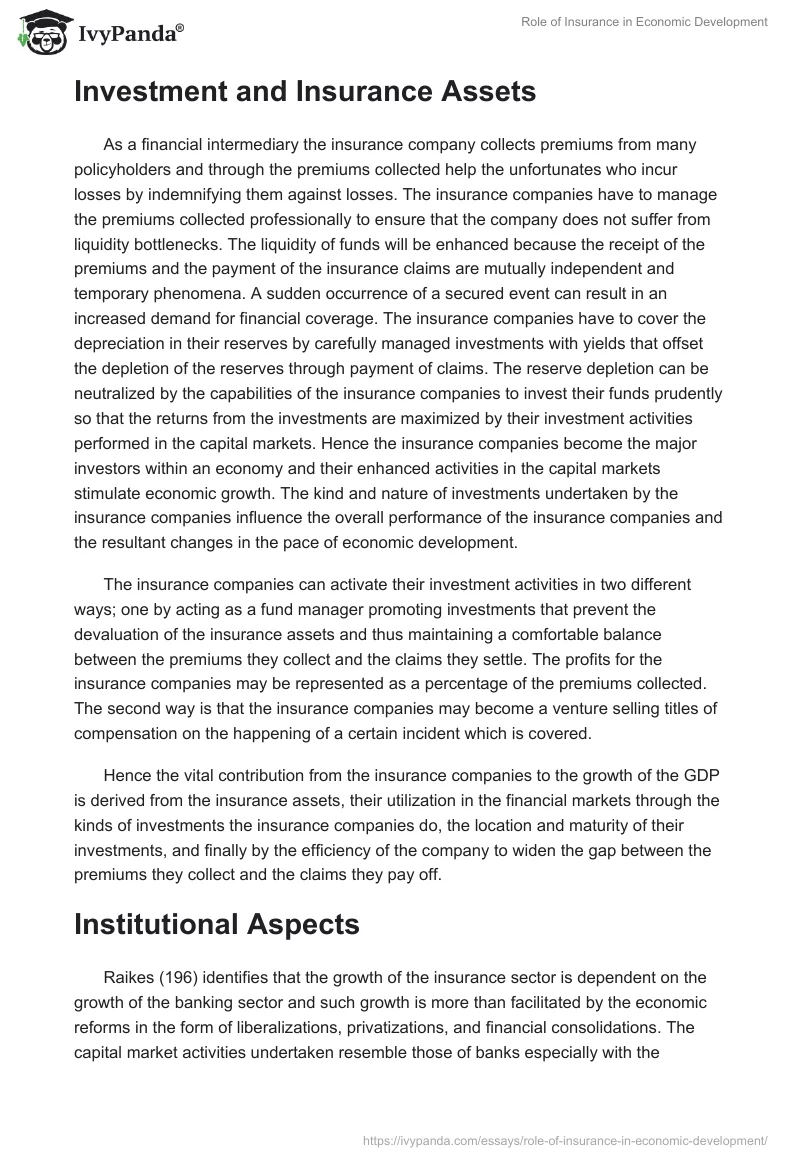10 Easy Facts About Pacific Prime Described
Table of ContentsThe Ultimate Guide To Pacific Prime3 Easy Facts About Pacific Prime ShownIndicators on Pacific Prime You Should KnowThe 10-Minute Rule for Pacific Prime
In a lot of states, the insurance company is required to send you a copy of the adjustments to your plan. It is necessary that you review Recommendations or Riders so you comprehend exactly how your plan has actually changed and if the policy is still sufficient to fulfill your requirements. To acquire a copy of your insurance plan, please contact your insurance coverage representative or firm.
The Institute of Medicine (IOM) Committee on the Repercussions of Uninsurance launches a prolonged assessment of proof that addresses the significance of medical insurance coverage with the magazine of this record. Insurance coverage Issues is the very first in a series of six reports that will be released over the following 2 years recording the fact and effects of having actually an approximated 40 million people in the USA without medical insurance coverage.

About Pacific Prime
The goal of this collection of researches is to redouble plan focus on a historical trouble. Adhering to the lengthiest economic development in American history, in 1999, an approximated one out of every 6 Americans32 million adults under the age of 65 and greater than 10 million childrenremains uninsured (Mills, 2000).

10 percent of the populace accounts for 70 percent of health and wellness treatment expenses, a relationship that has actually stayed constant over the past 3 years (Berk and Monheit, 2001) - expat insurance. Hence health insurance policy remains to serve the function of spreading out danger also as it increasingly funds routine care. From the perspective of healthcare suppliers, insurance brought by their individuals helps safeguard an earnings stream, and areas profit from financially practical and steady wellness care specialists and establishments
Federal government provides medical insurance to populaces whom the private market might not offer successfully, such as disabled and senior individuals, and populaces whose access to health care is socially valued, such as youngsters and expecting ladies. The supreme ends of health and wellness insurance coverage for the specific and neighborhoods, consisting of workplace areas of workers and companies, are boosted health outcomes and lifestyle.
Pacific Prime Can Be Fun For Anyone
Workers rank medical insurance initially without a doubt in relevance amongst all the advantages offered in the office (Salisbury, 2001). There have actually been substantial financial investments of personal and public funds to provide health and wellness insurance, many people still have no insurance coverage. Despite considerable reporting of survey searchings for and health care research results, the basic public continues to be overwhelmed and mistaken about Americans without medical insurance and the ramifications of lacking protection.

Without doubt, the intricacy of American healthcare financing mechanisms and the wide range of sources of info contribute to the general public's complication and hesitation regarding health insurance policy statistics and their interpretation. This record and those that will comply with objective to distill and present in conveniently reasonable terms the substantial research that bears on questions of medical insurance protection and its relevance.
Fifty-seven percent of Americans questioned in 1999 believed that those without medical insurance are "able to obtain the treatment they require from medical professionals and health centers" (Blendon et al., 1999, p. 207). In 1993, when nationwide attention was concentrated on the troubles of the without insurance and on pending healthcare regulation, just 43 percent of those surveyed held this idea (Blendon et al., 1999).

They additionally get fewer preventive services and are less likely to have normal look after chronic problems such as high blood pressure and diabetic issues. Persistent illness can bring about expensive and disabling difficulties if they are not well taken care of (Lurie et al., 1984; Lurie et al., 1986; Ayanian et al., 2000). One nationwide survey asked greater than 3,400 adults about 15 highly serious or somber problems.
The 15-Second Trick For Pacific Prime
Added evidence is provided later in this phase in the discussion of insurance and access to healthcare. https://www.intensedebate.com/profiles/pacificpr1me. People without medical insurance are young and healthy and balanced and choose to go without coverage. Nearly half (43 percent) of those checked in 2000 thought that people without health insurance policy are more probable to have health troubles than people with insurance policy
Citizens and plan manufacturers in emphasis team discussions characterize those without insurance coverage as youths that have the chance to be covered and feel they do not need it (Concierge Novelli, 2001). Contrasted to those with a minimum of some private coverage, the uninsured are less likely to report being in outstanding or great health (Agency for Medical Care Research Study and High Quality, 2001).
RESOURCE: Center for Expense and Financing Researches, Agency for Medical Care Study and my latest blog post Quality, based upon MEPS data. Young adults in between 19 and 34 are much more most likely to lack medical insurance than any kind of various other age. This is chiefly since they are much less commonly qualified for employment-based insurance due to the nature of their task or their short period in it.
The understanding that individuals without insurance coverage have better-than-average health and wellness follows from puzzling the reasonably young age account of the uninsured with the better health and wellness, on average, of more youthful individuals. This obscures the link in between health and wellness condition and health and wellness insurance coverage. For those without accessibility to office medical insurance, inadequate health is a possible obstacle to buying nongroup coverage due to the fact that such protection may be extremely priced, omit pre-existing conditions, or be just unavailable.